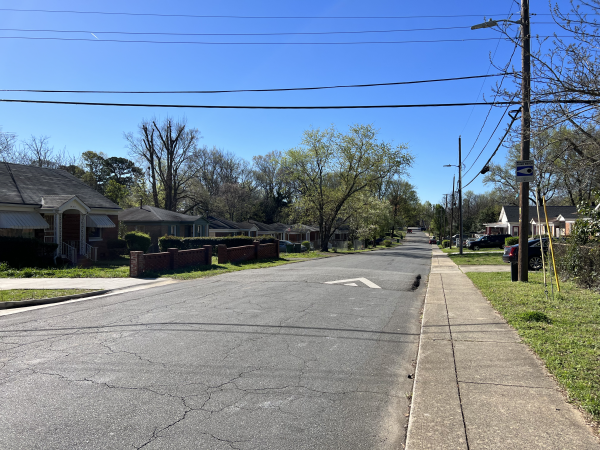Alternatives to Violence Program offers promise, lessons for preventing gun violence

In 2019 and 2020, Charlotte, like many cities across the United States, experienced increased rates of firearm-related violence. Rate of violence in Charlotte’s rose by 45% across those two years. In 2021, the City of Charlotte, Mecklenburg County, and Youth Advocate Programs began implementation of the Alternatives to Violence (ATV) Program in the Beatties Ford neighborhood using the Cure Violence program model with individuals ages 14 to 25 being the focal population. The program is designed to interrupt potentially violent situations, identify and change behaviors of those at highest risk for being involved with violence, and prompt changes in community norms.
The UNC Charlotte Urban Institute partnered with the City of Charlotte, Mecklenburg County, and Youth Advocate Programs to conduct an evaluation of the first year of the program. Based on collected data, the report outlines ATV’s strengths and offers several recommendations for sustained violence prevention.
“Collaboration across sectors is critical to addressing violence in our communities and understanding the impact of our efforts,” said Julia Martin, special assistant to the city manager. “The initial results of the evaluation are promising, and we are excited about the continuation of this program.”
Program Evaluation and Findings
To determine ATV’s effectiveness, the evaluation team gathered and studied data from crime records, ATV administrative records, interviews with ATV staff and a program administrator focus group. The program database reported 1,500 hours canvassing the community and over 40 violence interruptions. Among determined program strengths were staff credibility, staff training, and partner engagement. Identified challenges included timely data entry, building community trust, and ensuring that individuals at highest risk for violence were identified.
Of the program’s outcomes, one takeaway stands out. Results from interviews with ATV staff showed that program participants gained knowledge and skills and have exhibited behaviors (e.g., higher academic achievement, educational aspirations) that protect youth from violence.
The evaluation team also examined community outcomes to better understand how ATV’s interaction with individuals might have impacted community violence outcomes. The team studied aggravated assaults with and without a gun, nonfatal gunshot injuries, homicides with a firearm and violent crimes. They found that Beatties Ford, compared with similar neighborhoods, experienced a decrease in firearm-related homicide after the first year of ATV implementation. (There were no significant trends for other types of crime analyzed.)
Recommended Actions
Evaluators offer several recommendations for optimizing future program implementation and improving ATV and violence prevention in Beatties Ford:
- Support staff in their suggestions for building community trust
- Address structural, or other risk factors for violence that the team is unable to address alone
- Troubleshoot strategies to improve data entry into the program database
- Assess whether individuals in the neighborhood at higher risk of violence are truly being identified
- Prevent, or be prepared for staff turnover
- Consider longer periods of initial assessment and funding
Although first-year results lean positive, evaluators concluded it is too early to determine whether crime findings should be interpreted as conclusive due to the brief time frame program effects were examined. A cumulative report that details longer-term outcomes will follow the program’s third year.
[Read the full report Alternatives to Violence Evaluation Year-One Report]